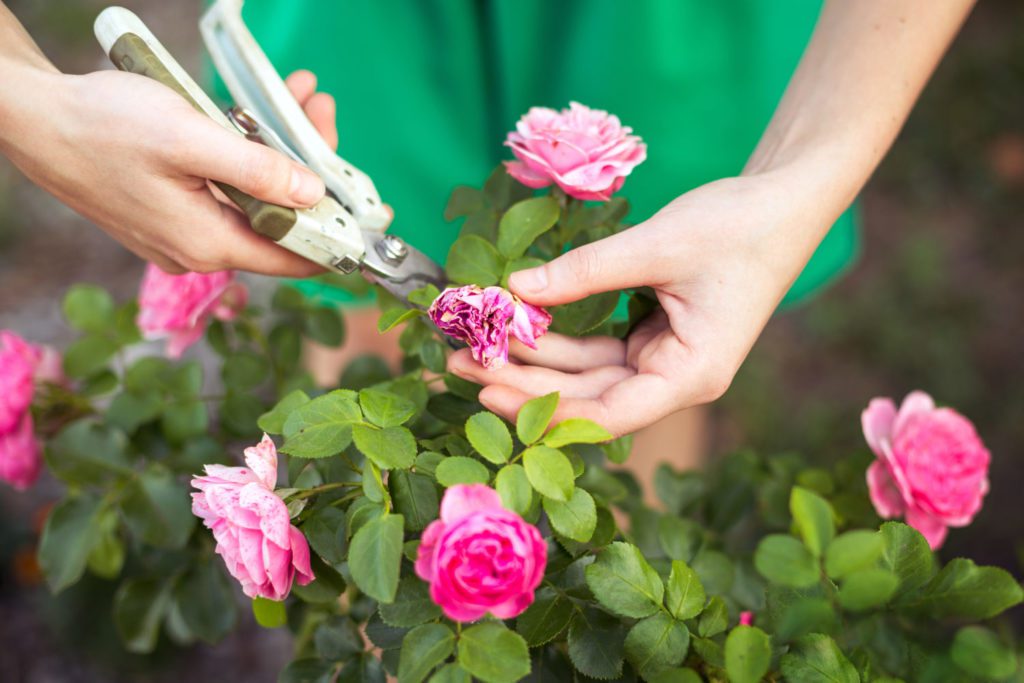Deadheading shrubs is a common gardening practice that involves removing spent or faded flowers from the plant. This process serves several purposes, including promoting the overall health and appearance of the shrub. Here’s how you can go about removing deadheads from shrubs:
Tools you may need:
- Pruning shears or scissors
- Garden gloves (optional)
- Container or bag for collecting the removed material
Steps:
- Identify Dead Flowers: Walk around your shrubs and identify the flowers that have finished blooming and are now wilting, fading, or turning brown. These are the ones you’ll want to remove.
- Choose the Right Time: It’s best to deadhead shrubs after the flowers have fully faded. Depending on the type of shrub and its flowering season, this could be anytime from late spring to late summer. However, some shrubs might have different flowering cycles, so it’s essential to know your specific shrub’s characteristics.
- Inspect the Stems: Check each stem individually. Follow the stem down from the faded flower until you see a new bud or a healthy set of leaves. This is usually where you’ll make your cut.
- Make the Cut: Using your pruning shears or scissors, make a clean cut just above a set of healthy leaves or a bud. The goal is to trim the stem back to where the plant is actively growing, so avoid cutting too far down into the older wood.
- Collect the Debris: As you go along, collect the removed flower heads and stems in a container or bag. This tidies up the area and prevents any potential disease or pest issues associated with leaving dead material around.
- Dispose of the Debris: Once you’ve finished deadheading all the faded flowers, dispose of the collected debris. You can compost healthy plant material if you have a compost pile, but discard any diseased material in the trash to prevent spreading problems.
- Water and Mulch: After deadheading, consider giving your shrubs a good watering to support their recovery and growth. Applying a layer of mulch around the base of the shrubs can also help retain moisture and keep the soil cool.
By deadheading your shrubs, you’re not only improving the visual appeal of your garden but also encouraging the plants to put energy into new growth and potentially produce more flowers later in the season. Keep in mind that the deadheading process might vary slightly depending on the specific type of shrub you have, so it’s always a good idea to consult gardening resources or experts for species-specific advice.
For more information come see us at Kiefer Landscaping!
